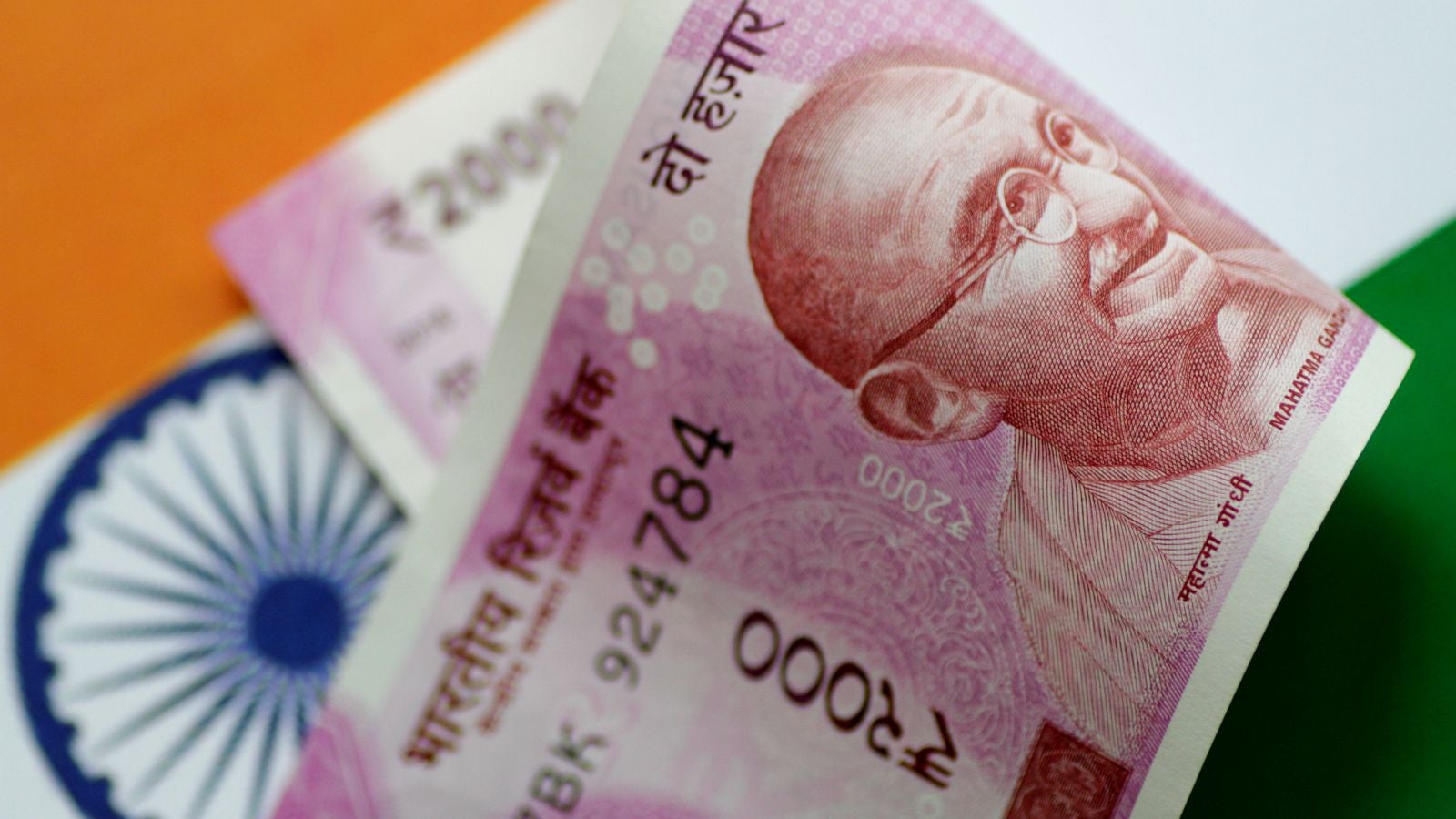The Indian rupee has hit an all-time-low
It’s a new low for the Indian rupee.


It’s a new low for the Indian rupee.
On Thursday (June 28), the currency plummeted to Rs69.01 against the US dollar—its lowest level ever. Its previous all-time low was Rs68.86 which it hit in November 2016 soon after the Narendra Modi government’s demonetisation exercise, which weighed heavily on the economy.
Till now in 2018, it has already lost over 8%, making it Asia’s worst-performing currency. The main triggers for the fall includes rising crude oil prices, a widening trade deficit, and more foreign investors pulling out of the market.
Crude oil prices are at the highest levels since 2014 as production has declined. Since India imports about 80% of its fuel needs, it spends more dollars on this inflated bill. Similarly, the widening trade deficit (when a country’s import bill is bigger than its export bill) means India will spend even more dollars.
However, if more money is poured into the Indian capital markets, the government can manage the currency flow. Unfortunately, that is not the case, as foreign investment in the Indian bond and the rupee markets has slowed down.
Now it’s likely that the Reserve Bank of India will step in to arrest this decline, believe analysts. In 2017, the rupee managed to overturn its six-year losing streak but the current year has again reversed the tide.